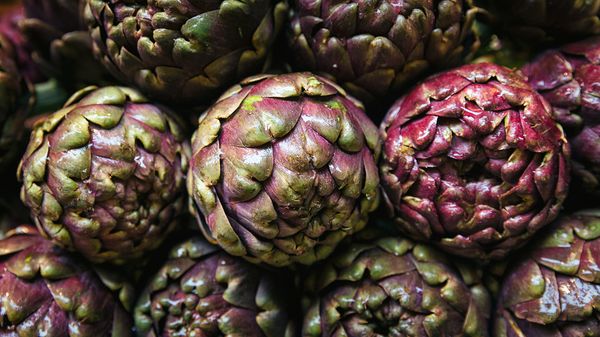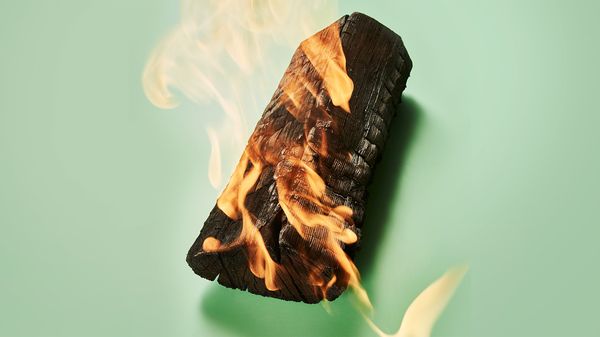
It counterbalances fat, salt, sugar, bitterness and spice and has a magical effect on protein-rich foods – if you understand how to use acid properly you can put sumptuous surprises on the table.
VINEGAR, CITRUS-FRUIT JUICE,
wine, tomatoes, berries, pickles, fermented foods such as cheese, kimchi, miso, yoghurt, sour cream or quark – all of these ingredients have a pH value of below seven, meaning they are considered acids. Acid gets the mouth watering in the truest sense of the word because it promotes saliva production. During preparation, it protects raw, sliced fruit against oxidisation and acts as a gelling agent when boiling jams. It is a brake where boiling vegetables and pulses are concerned because it lengthens the boiling time considerably. This is why acid is added to these ingredients only once boiling is complete.
“Just as with cooking fats, acid can change the direction of a dish, so let geography and tradition guide your choice of witch one to use.“
Samin Nosrat, cook and author of »Salt Fat Acid Heat«, Simon & Schuster
Cooking without a cooker
When using animal proteins, knowing how to work with alkaline ingredients is paramount. Anyone who has ever stirred yoghurt into to an acidic stew will know what happens to casein, or milk protein: it curdles. To prevent this, protein-rich milk products, with the exception of butter and cream, aren’t added to dishes containing tomatoes, wine and so on until shortly before serving. Acid’s ability to denature proteins needs to be borne in mind for recipes with fish and meat. A piece of raw fish becomes a refreshing sashimi when a few drops of lime juice are added. If the acid is allowed to act for a little longer, the structure becomes denser and hence firm to the bite – perfect for ceviche. Were one to fry or boil a fillet of fish that has been denatured in this way, it would soon become too dry. This is why fish should be soured shortly before putting it into the pan. On a side note: tough pieces of meat benefit greatly from a long soak in wine, tinned tomatoes or buttermilk because this breaks down the collagen fibres and makes roasts melt in the mouth.


